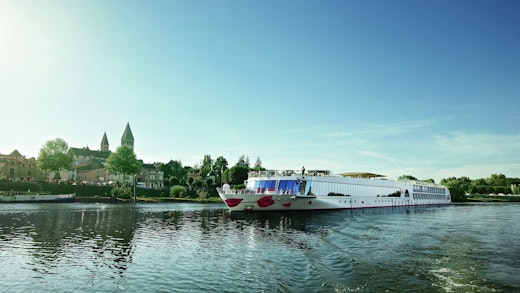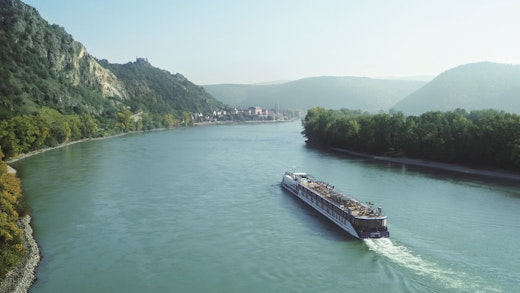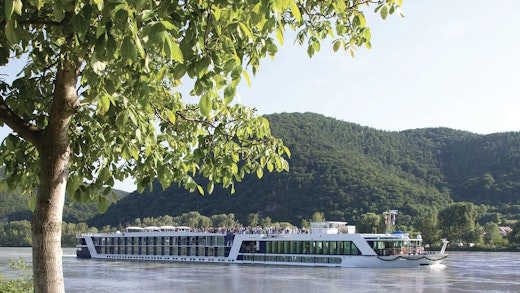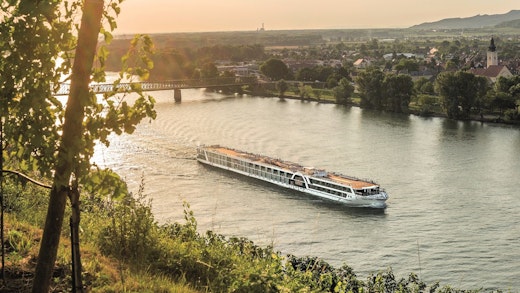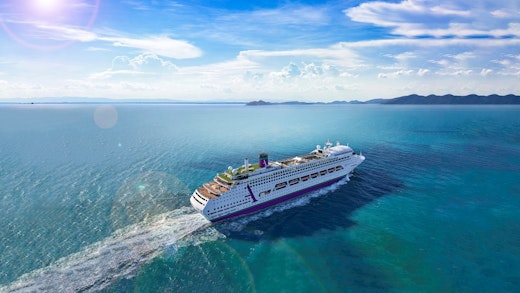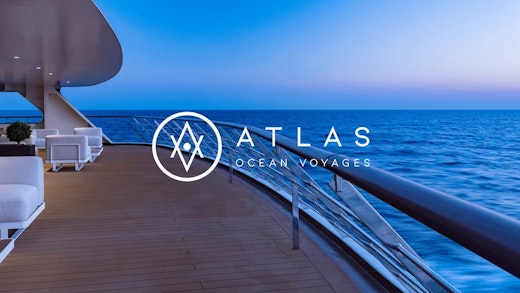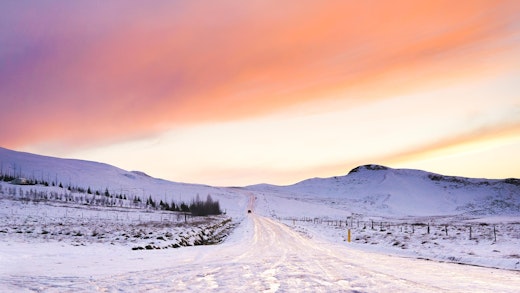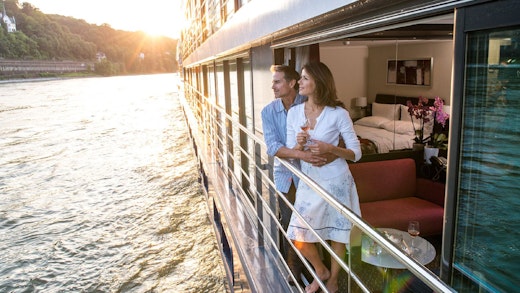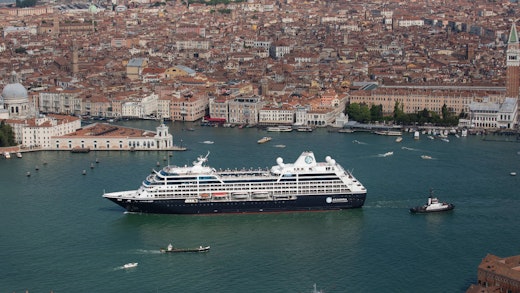Cruise Lines
Set sail with your favourite cruise lines and The Cruise Specialists.
Find information and deals from all the major cruise lines with The Cruise Specialists. You can sail from Southampton with P&O Cruises, Fred. Olsen Cruise Lines and Cunard, ore enjoy a fly cruise with Royal Caribbean, Celebrity Cruises, MSC Cruises, NCL and a whole host more. You can enjoy fantastic deals to the Mediterranean, Northern Europe, Alaska, the Caribbean and many more cruise destinations. You can find great deals on European river cruises or luxury ocean voyages... simply choose your preferred cruise lines below...
Featured Cruise Lines
Cruise Lines
View all our favourite cruise lines below...


